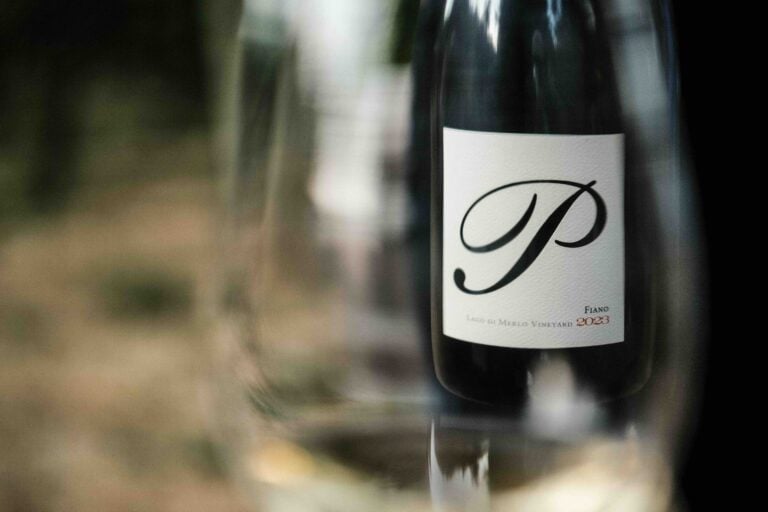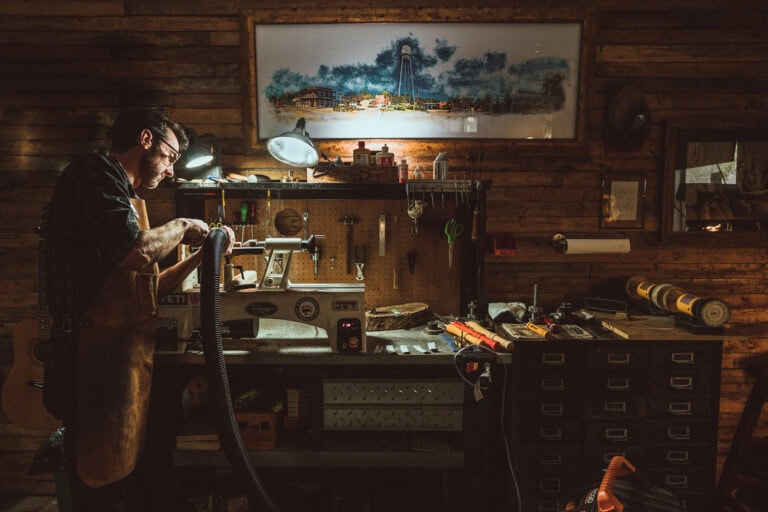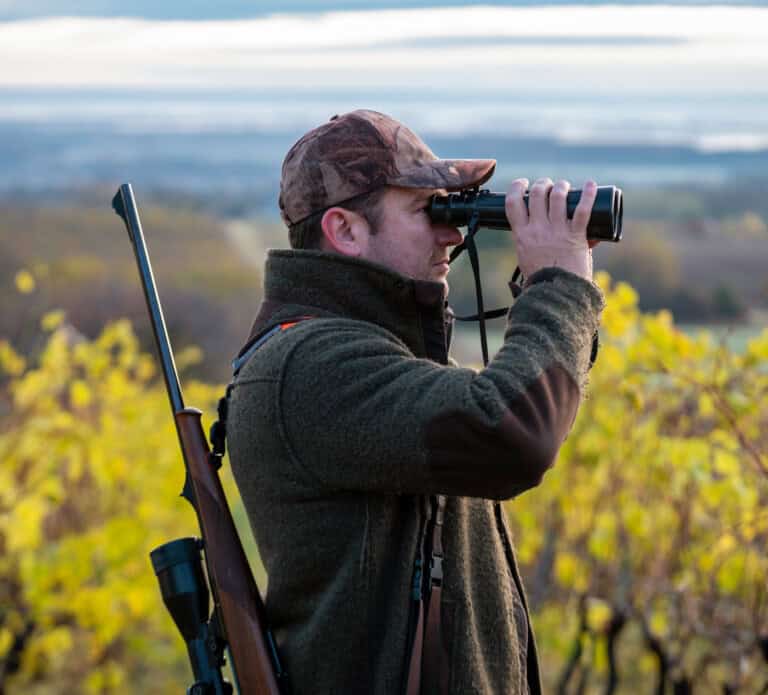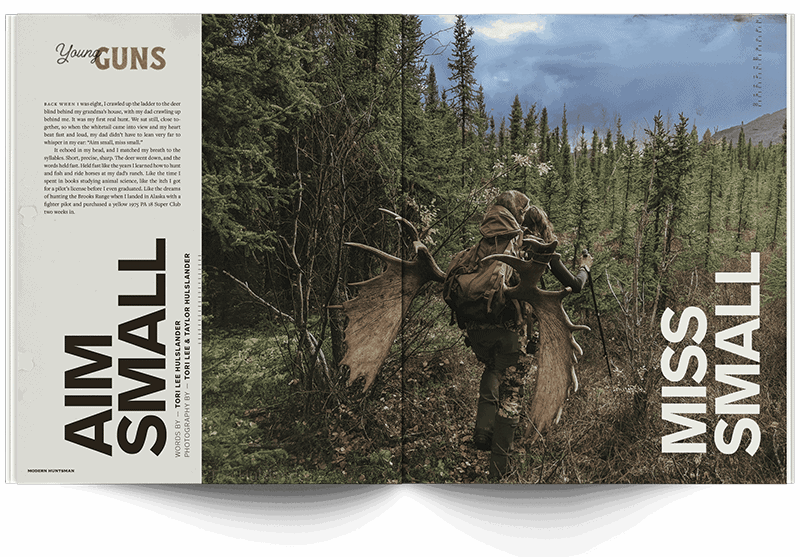For all the freedoms that the Nez Perce and the buffalo miss in modernity, one remaining religious hunt still nurtures their sacred contact.
MONTANA | GREATER YELLOWSTONE
For a week, 180 bison have been spreading out over the snowy grounds of the Gardiner Basin within Yellowstone National Park. A dozen Native Americans stand in the parking lot of a trailhead, on the other side of the wooden “Park Boundary” sign, waiting for any of the herd to walk into a square quarter-mile, government-prescribed shooting zone where tribal people are allowed to continue their ancient subsistence hunting ritual. If the buffalo don’t enter that zone, then there is no chance to hunt.
So the people ask, as they’ve always asked, for the buffalo to make their choice.
To the Natives, this land is Buffalo Country — where their people have come for the entirety of their history in convergence with the migration. The buffalo herds would leave the garden of Yellowstone in the deep winter and migrate north into the Paradise Valley. For 16,000 years, they would meet the people called Nimiipuu there — those we know as Nez Perce. These people rushed them off cliffs until they had bows and ambushed them in passing until they had horses. Then they rode through the migrations, killing what they needed to survive.
So there are many bones in that ground called Paradise. Bones of buffalo who gave their lives for the people to prosper, and bones of men and women in their funeral dress. To all beings, it is hallowed ground, where a vital exchange takes place and the most important kind of relationship is cultivated: one of mutual sacrifice.
The Nez Perce see the buffalo as an older and wiser species than us, and its agency — its choice to give its body up to humans




